Book Review: On Isabella Street by Genevieve Graham
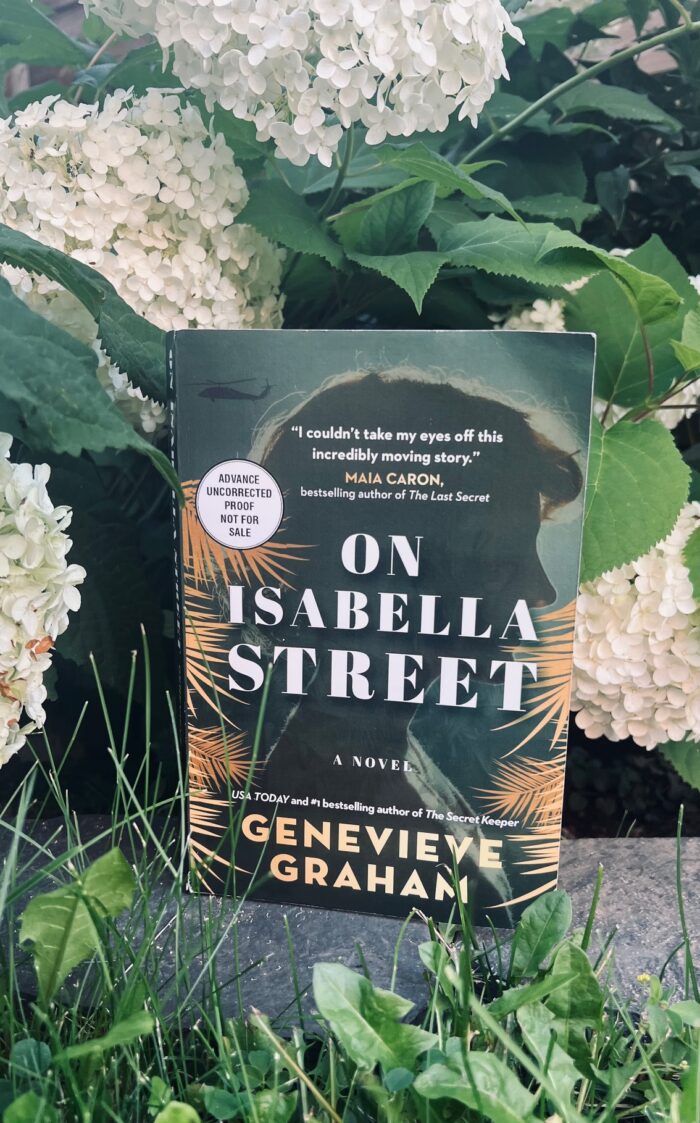
This is the first Genevieve Graham novel I have ever read. She is such a successful novelist that all her book covers have the same motif and branding, so I think she is in fact one of the authors I keep meaning to get to, but haven’t until now. On Isabella Street is her thirteenth novel, and it’s a fantastic blend of enlightening and entertaining. Known as the ‘Queen of Canadian Historical Fiction’ it’s easy to see why she’s hit the bestseller lists so often, despite my embarrassing lack of familiarity with her backlist. And the other piece of impressive news? She’s an Alberta author living only about two hours north of me, so I’m really glad I finally read one of her books.
Plot Summary
It’s 1967 in downtown Toronto, and Canadian women Marion and Sassy live incredibly different lives while they share the same apartment building on Isabella Street. Marion is the (slightly) older of the two, a straightlaced psychiatrist who works on some of the most difficult cases; men and women who are living in the hospital due to their mental illnesses. This is a cause close to Marion’s heart as she has vivid memories of her father coming home from WWII, shell shocked and struggling, often reduced to bouts of unexplainable tears. She wants to help men like her father get better, and she’s on the forefront of new treatments that are thankfully humane and science-based, unlike the torturous treatments of the past.
Sassy is a classic hippie; beautiful, carefree, and happy to simply strum along on her guitar and get high with her friends while they protest the Vietnam War happening overseas. She’s extremely lucky that her father is a wealthy businessman who has arranged for her to live and work in places where she is safe and taken care of. She stays in line for his sake, but resents his capitalistic tendencies, complaining to her friends about his harmful gentrification of the neighborhood while taking full advantage of it. Sassy isn’t the only one who resents her father; her brother Joey wants to escape their father’s disapproving influence so signs up to join the Americans in Vietnam, much to Sassy and his father’s dismay. Sassy’s father also fought in WWII, which is why Joey’s choice to go overseas proves so devastating to his family. Sassy and Marion finally cross paths in the elevator one day and begin to develop a solid friendship, but they can’t escape the challenges life has in store for both of them during that fateful year.
My Thoughts
I’ll get my one minor complaint about this book out of the way early; it was too long. Like any book that hits the 400 page mark, I’m ever skeptical as to why that many pages are required to tell a story. This could have been shorter with tighter writing, but I didn’t find myself bored as I was reading it as Graham does a good job of keeping the story flowing. There’s obvious tension in the plot with the elements I summarized above, but there’s plenty of drama thrown in to keep things engaging, not to mention a love interest in both Sassy and Marion’s storylines. I appreciated the fact that Graham also balanced the serious topics ( war, mental health advances, generational trauma) with the lighter aspects of the women’s lives. The best kind of historical fiction teaches us something about a specific time period while engrossing us in an entertaining story, which Graham definitely succeeded at here; I’m sure this is why her books have been so successful.
Marion’s storyline was the most interesting to me, as her character arc was the most developed, but also the most exciting. I won’t go into spoilers here, but I could have never predicted the last third of the book because it was quite thrilling! Because of Marion’s work, we also dig quite deeply into the evolution of mental health treatments from the late 1800s to the mid 1900s, and Graham was adept at giving us enough facts and figures that it felt well researched, but not bogged down. It’s clear there was quite a bit of research done about this time period, and because we delve into these societal issues that simmer just below the surface, I truly felt as though I was transported to 1967. I had no idea that so many Canadian men chose to fight in the Vietnam War along with their American counterparts, but Graham also introduced us to American men who fled north to Canada to escape the draft. Even more shocking to me was the backlash that some Canadian men experienced when they returned from fighting; they were met with accusations of needless murder, even people shouting at them on the street if they were in uniform. These startling observations were well balanced with the lighter experience of Marion finally buying a colour tv, so again, we get a well-rounded picture of that time.
So I got my (common) complaint about the book being too long out of the way early, because I really did enjoy this novel, and highly recommend it – just set aside some extra time in your reading schedule.


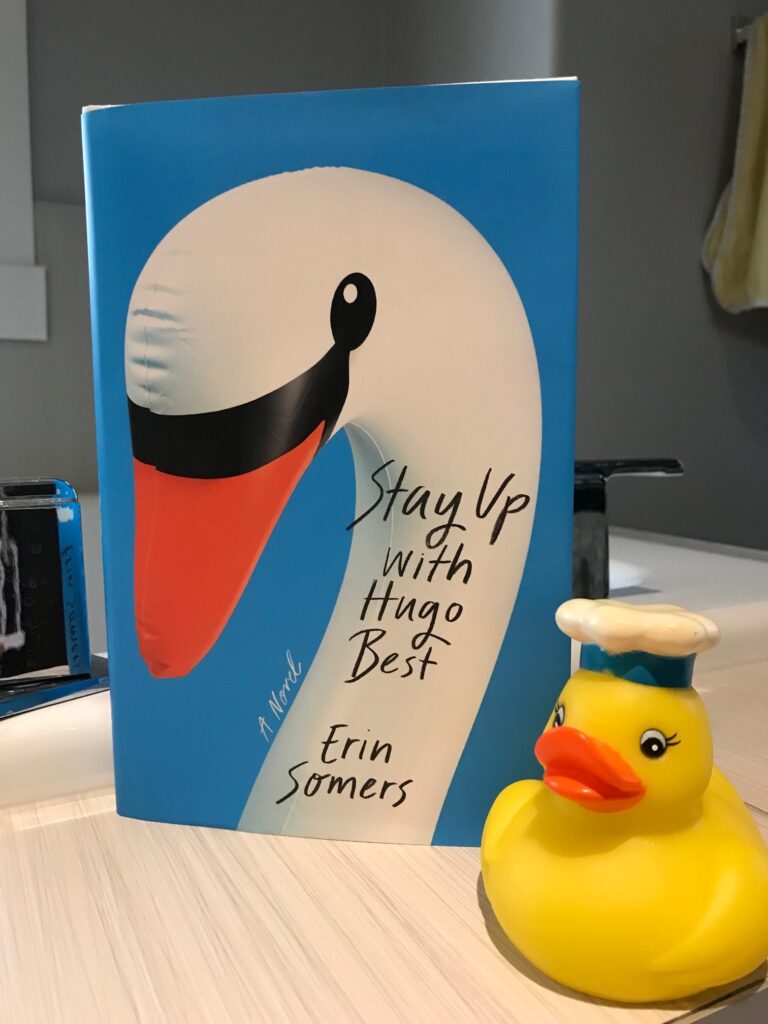
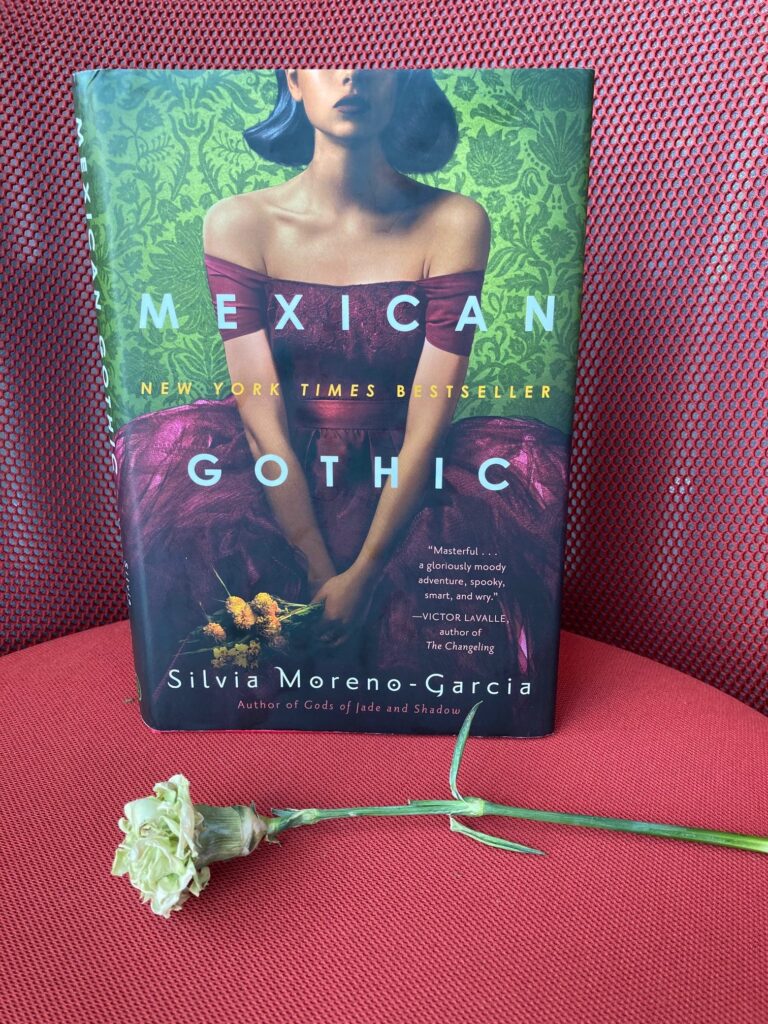
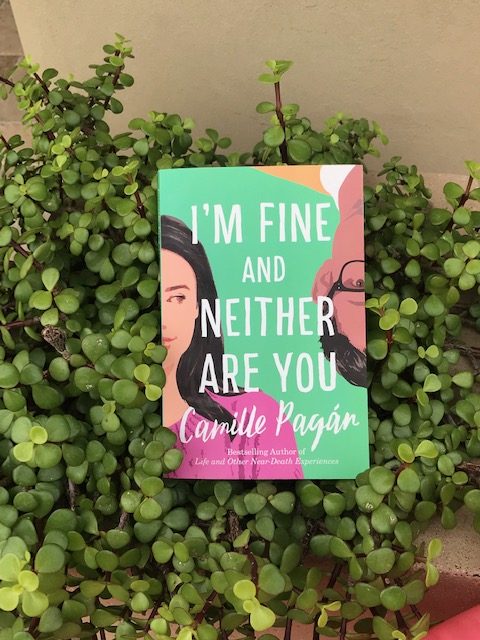
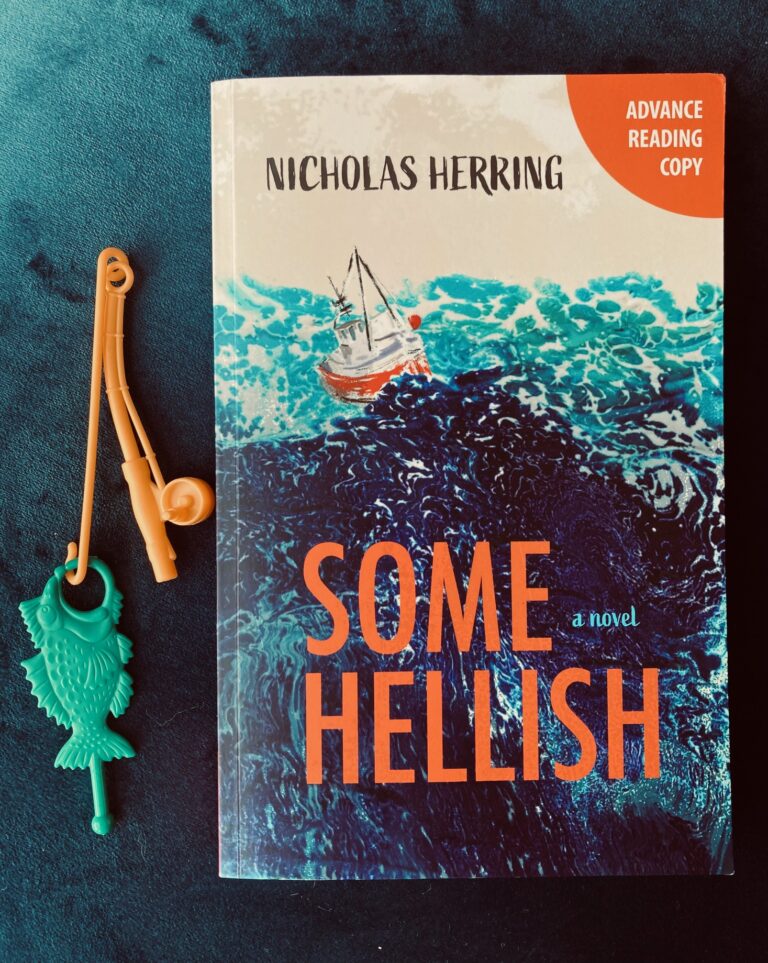
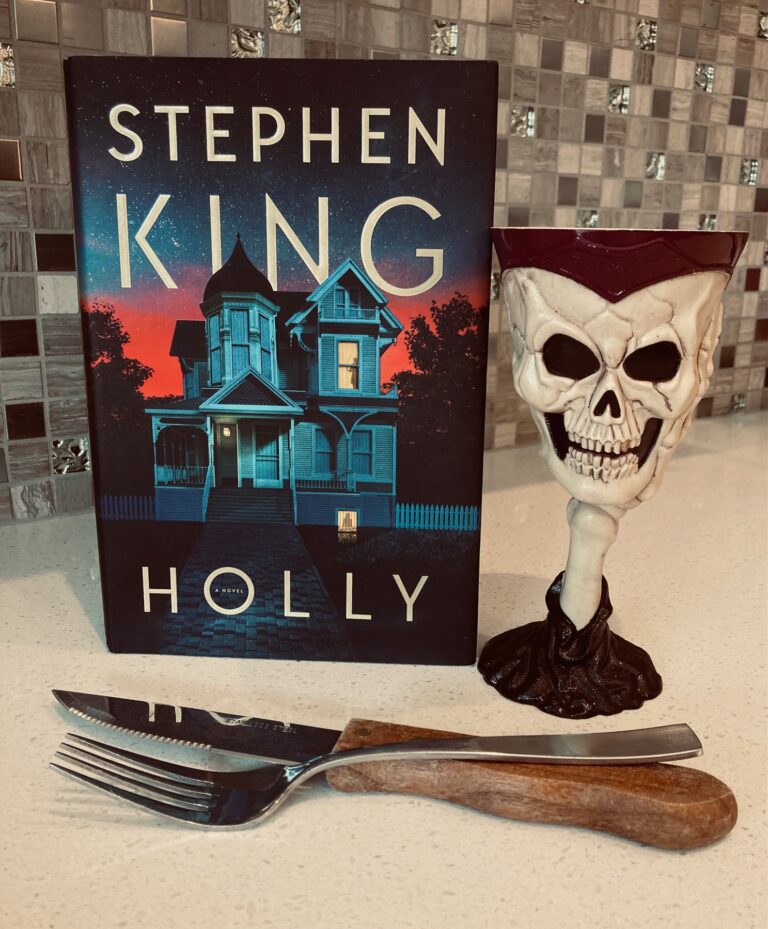
It never ceases to amaze me how unknown to me and most Americans famous Canadian authors are. You would think that since we share a language and are so close geographically, there would be more breaking through. Kind of frustrating.
It’s hard for Canadians to break into the US market, mainly because ours is so much smaller! She’s a lovely writer though, and her books should be available to you. I think you’d enjoy her writing :)
This book sounds so interesting because neither character really seems like a stereotype. The hippy lady sounds like a hypocrite, which is an interesting perspective because it likely means she’s lying to her friends. The psychiatrist may sound noble, but she could be too personally involved in the issue. Are you going to go back and read this author’s other books?
I remember having some of her older books sent me by her publisher and never getting to them, so first I have to scan my bookshelf and see if I currently have some of her backlist tucked away on it hahah
Because I usually read books that are recent releases I can’t see myself going back and specifically buying her backlist but! knowing how much I like her now, I’ll probably be more eager to review her upcoming releases, which no doubt she will have – she seems quite prolific
Thank you so much for your review, Anne. I love writing these stories – I grew up with basically non-existent classes on Canadian history (I believe we learned more English and American history than Canadian!) and it wasn’t until I was in my 40s that I realized how little I didn’t know. So these books are a personal mission for me, and I’m eternally grateful that readers are enjoying them. I’m happy to recommend any for whatever period in time interests you, and I wanted to let you know that “The Chambermaid’s Key” will be out April 2026! Thank you again!
– Genevieve
Thank you for your note Genevieve, and I’ll definitely keep my eye out for your 2026 release, please have your publicist send me a copy when it’s ready :) And totally agree – we definitely learned more about English and American history in school as kids, but hopefully that’s changing!